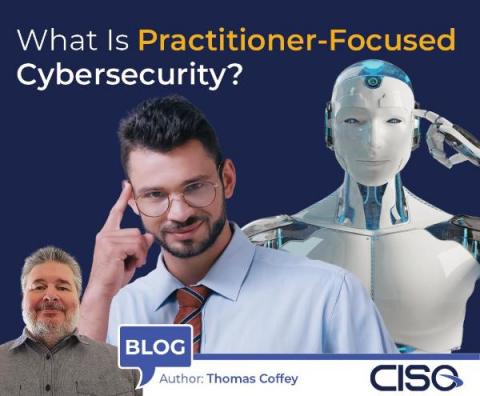Security | Threat Detection | Cyberattacks | DevSecOps | Compliance
Latest News
What is Threat Intelligence in Cybersecurity?
The evolving threat landscape necessitates proactive approaches to identify, assess, and mitigate potential cyber security risks. Threat intelligence is one of the most potent weapons we have against digital hazards. Yet, many organizations remain uncertain about what it entails, how to apply it effectively, and what threat intelligence solution to choose. This lack of understanding could be detrimental as cyber threats continue to evolve, becoming more sophisticated and disruptive.
Insiders' Guide to Advancing Your GRC or Cybersecurity Career
3 Key Metrics to Include in Your Cybersecurity Risk Analysis
5 Things Everyone Needs to Know About GRC
Over the following years, the costs associated with cybercrime, projected at $10.5 trillion annually by 2025, will exceed the estimated worldwide cybersecurity spending—$267.3 billion annually by 2026. Leadership needs to change its perspective on managing cyber risks instead of just spending more money to match the losses incurred.
How to Use a Maturity Model in Risk Management
Translating Risk to Your C-Suite: How To Get Executive Level Buy-In on Cybersecurity
What is Continuous Auditing?
How to Prioritize Risks in the External Attack Surface Effectively
What Is Practitioner-Focused Cybersecurity?
A basic Google search for the term “cybersecurity” will turn up dozens of competing advertisements for companies promising to solve all your security woes and keep attackers at bay with their version of a “technology silver bullet” – the end all be all that you must, according to them, purchase right now. It’s not that technology isn’t essential to your security strategy; it’s vital!







